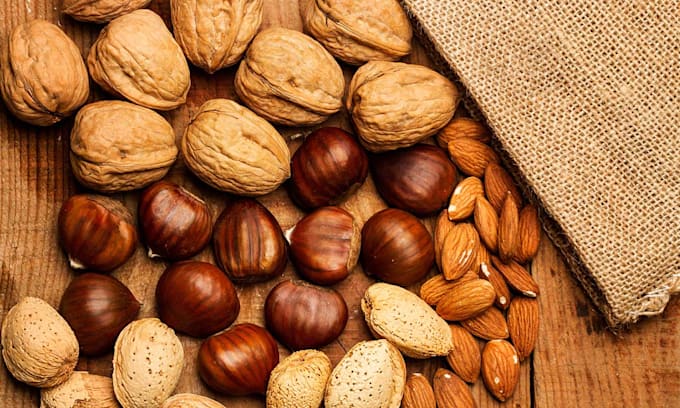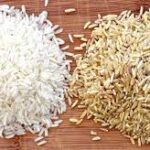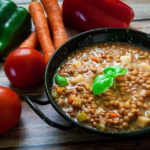The problem of foods contaminated by heavy metals is not new, but its study and concern is increasing. A report from the United States Congress in 2021 already raised the alarm by detailing the high levels of these toxic substances detected in baby foods. These ended up being removed from supermarkets.
Now, two new studies presented at the Society for Risk Analysis (SRA) 2023 Annual Conference have provided more information about the relationship between exposure to heavy metals from foods and various health risks. These range from cancer to cardiovascular diseases.
Food and metals: what we know
It is known that food crops can absorb heavy metals from contaminated soil, water and air. As a result, there are traces of dangerous heavy metals (lead, arsenic and cadmium) in common foods such as rice, cereals, nuts and spinach.
For this reason, Felicia Wu, a scientist at Michigan State University and president of the SRA, has presented the results of two of the studies she directs at the society’s annual meeting. The first evaluated the health risks of dietary exposure to lead, arsenic, and cadmium; In the second, a quantitative assessment of cancer risk after exposure to arsenic was carried out.
Exposure risks
The researchers collected data on the dietary intake of each metal through various sources. This was done from food and water samples, and based on previous studies and reports. The data were analyzed to determine the strength of the association between dietary exposure and potential adverse health effects, both cancerous and non-cancerous.
Lead is commonly found in old paint, pipes, and contaminated soil. At a dietary level, it is possible to detect it in tubers such as beets, but there are also studies where it has been detected in foods such as nuts or dark chocolate. In this study, lead would have been associated with a moderate-high increased risk of lung, kidney, bladder, stomach and brain cancer.
In addition, it was also associated with an increased moderate-high risk of non-cancerous blood diseases, reproductive diseases, and neurological, kidney and respiratory diseases.
Arsenic, for its part, is found as a contaminant in drinking water, food and soil. Arsenic can be found in rice, wheat, and green leafy vegetables, among other examples. In this case, arsenic would also have been linked to an increased risk of skin, bladder, lung, kidney and liver cancer. It also poses a greater risk of suffering from skin, heart, immunological, neurological, reproductive and kidney diseases.
Cadmium, on the other hand, is found in foods such as nuts, potatoes, seeds, cereals, green leafy vegetables, dark chocolate and in tobacco smoke. It is also a heavy metal found in fertilizers and industrial emissions. In this case, cadmium was associated with a moderate-high risk of prostate, kidney, bladder, breast, pancreas and endometrial cancer, as well as a moderate-high risk of kidney, reproductive, immunological and neurological diseases.
In the latter case, it was detected that babies and young children between 6 months and 5 years old are the most exposed to this heavy metal through foods such as rice, spinach, oats, barley, potatoes and wheat. The average cadmium exposures received by some of these children exceeded the maximum tolerable level established by health authorities.
Arsenic and bladder, lung and skin cancer
In the second study, Wu and his colleagues measured the cancer risk associated with arsenic exposure. An exhaustive review of the scientific evidence was carried out in search of relevant studies on contamination with inorganic arsenic present in various food products.
The potential associated cancer risk was determined from data on arsenic levels present in foods. This data was drawn from regulatory agencies such as the FDA and the United States Department of Agriculture.
According to their preliminary estimates, more than 6,000 additional cases of bladder and lung cancer, and more than 7,000 cases of skin cancer, occur each year attributable to inorganic arsenic consumption. Among the food products that were associated with a higher risk of cancer were rice, wheat and green leafy vegetables.













